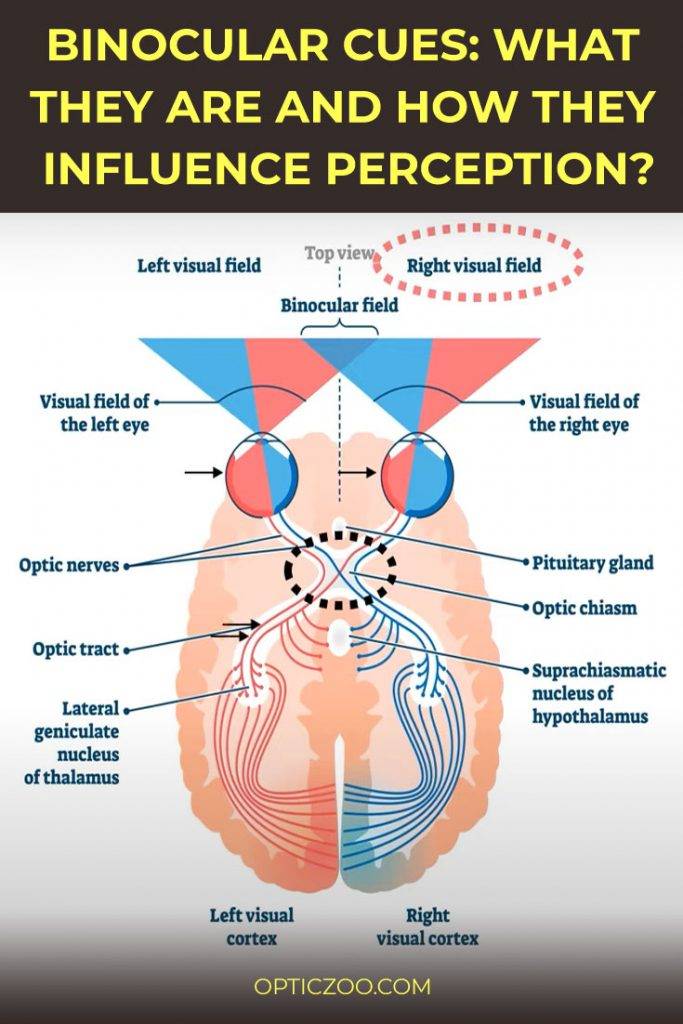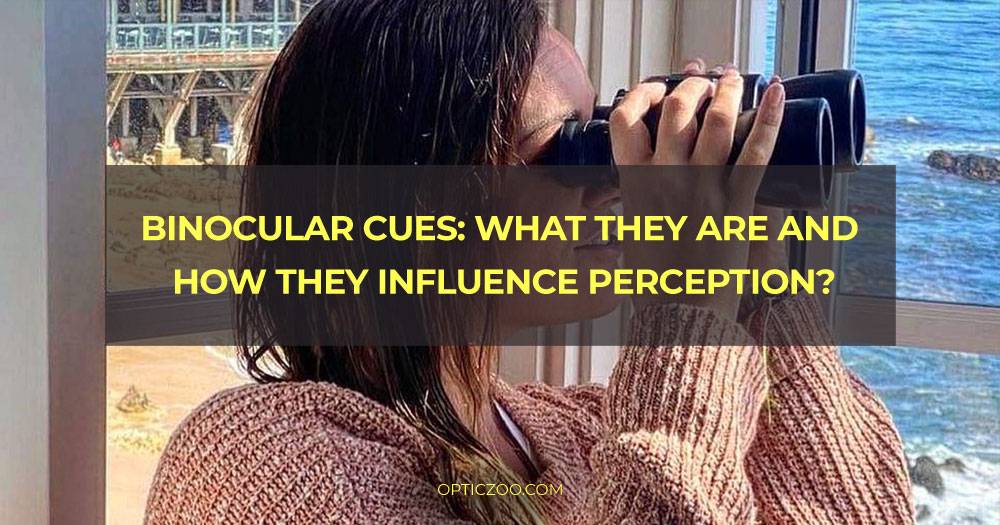
What are binocular cues? And how do they influence our perception? In this blog post, we will answer these questions and more! We will discuss the different types of binocular cues, and explain how they help us to perceive depth and distance. We will also talk about the factors that can affect our ability to use these cues correctly. So, if you’re interested in learning more about binocular cues, keep reading!
What Are Cues?
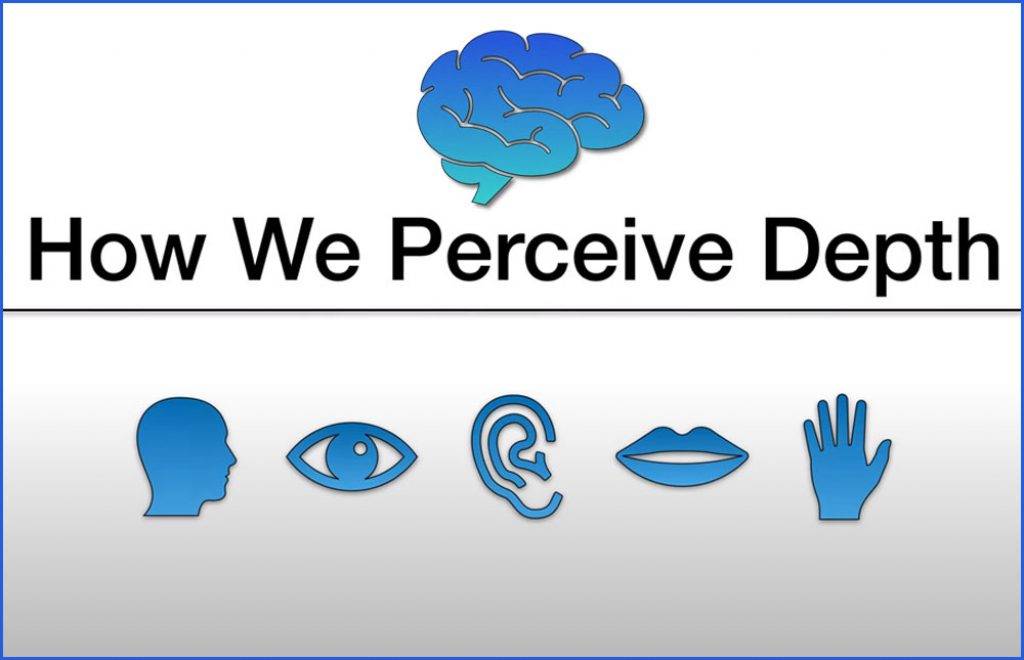
First of all, what are cues? Cues are the thing that helps us to perceive something. They can be visual, auditory, or tactile (touch). For example, if we see a red car coming towards us at high speed then it might make sense that this is dangerous and we should get out of its way quickly! This could be because our brains have learned through past experiences that fast-moving objects like cars often cause harm when they come into contact with people who aren’t paying attention.
Or perhaps you hear someone shouting your name from behind you – this could indicate danger too because maybe an angry man is running after you? You may not consciously think about these things but your brain does them for you automatically so don’t worry too much about it.
So now that we’ve covered what cues are, let’s move on to visual ones!
What are Monocular Cues?
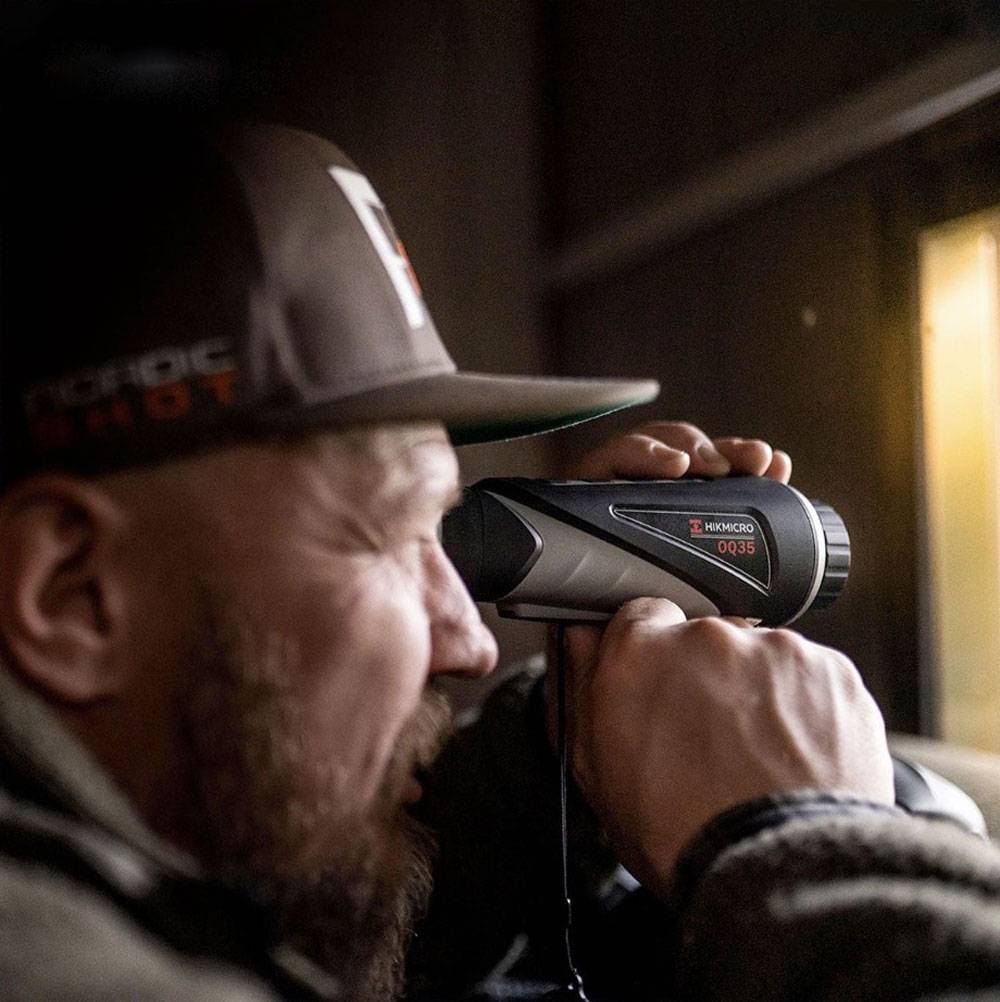
Monocular cues are visual cues that allow you to perceive only seeing things from their viewpoint. Monocular means with one eye, so these types of cues only require the use of one eye to work correctly. For example:
- Linear perspective – when lines appear parallel they seem further away than if they were closer together (the longer a line looks like it goes on for, the further away we think it is) which makes sense because objects at different distances from us do not look as big as those close up. This isn’t always correct though; sometimes lines can get smaller due to too much light hitting them so this doesn’t give an accurate picture all the time! The more parallel two lines appear then usually means that something has blocked your view of the object and it is further away from you.
- Relative size – larger objects usually appear closer to us than those that are smaller, again because in reality things close to us tend to be bigger than things far away. This works most of the time but there can be some exceptions depending on the angle we view an object from and how big it is!
- Texture gradient – when there’s a change in textures (ie smooth to rough), this usually means that we’re looking at something from a different distance. For example, if we see a brick wall up close then it will look very smooth as all the bumps and ridges will be right next to our eyes, but if we step back further then the texture gradient will get smaller and less prominent.
- Overlap – when an object appears to be in front of another one then this is known as overlap, which gives us depth perception too because we can tell that one thing is further away than something else if it covers up more space on our retinas. We may not always notice these small changes but they still allow us to perceive depth!
- Motion parallax – this happens when things move past each other at different speeds or directions (ie left-right). For example, if you’re driving down a road then the trees outside will appear much closer than those far off in the distance so they’ll seem like they’re moving faster while passing by your window compared to ones that are farther away from you.
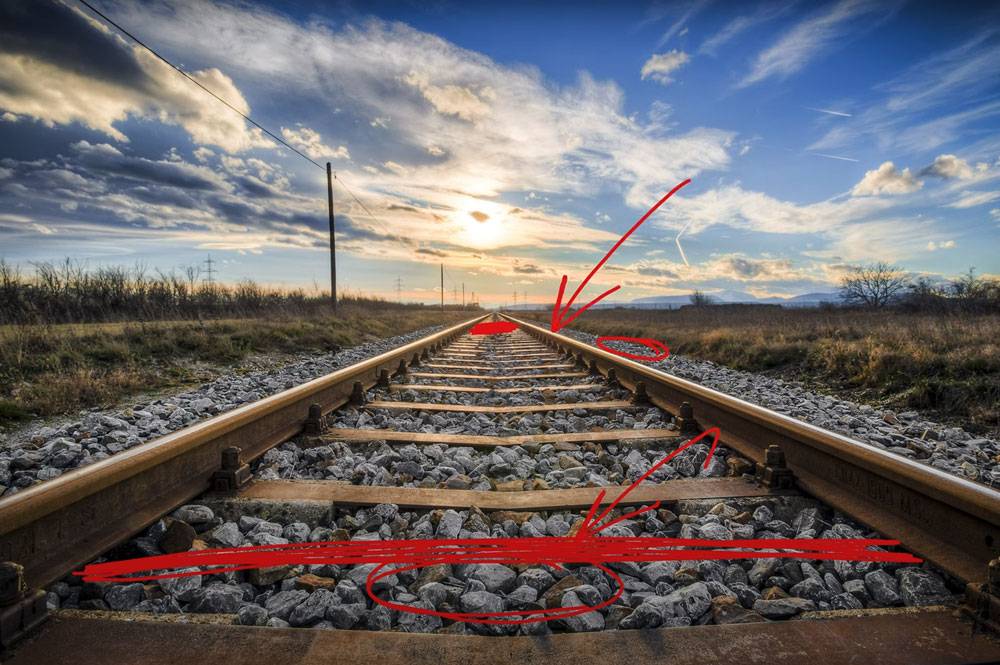
What are Binocular Cues?
The term binocular refers to the fact that both eyes must be used for this type of cueing system to work properly. Binoculars mean two eyes.
[wpsm_box type=”info” float=”none” text_align=”left”]
We need two eyes because with one eye alone you will not see depth or distance very well at all! (This is called “monocular”) but when both our left and right eyes look straight ahead there’s a slight difference between their viewpoints which gives us an idea as to how far away something might be relative to where we’re standing.
[/wpsm_box]
But why do we have two eyes? The main reason why having binocular vision (two functioning eyes) is so important is because it gives us better depth perception than if one had a monocular vision (only seeing things from their viewpoint).
It turns out that we have two eyes because it helps us to see more clearly – the brain can combine information from both visual fields for this type of cueing system to work properly. You know when you look at something with one eye closed and then switch between them, how do we perceive depth? The answer lies within our brains!
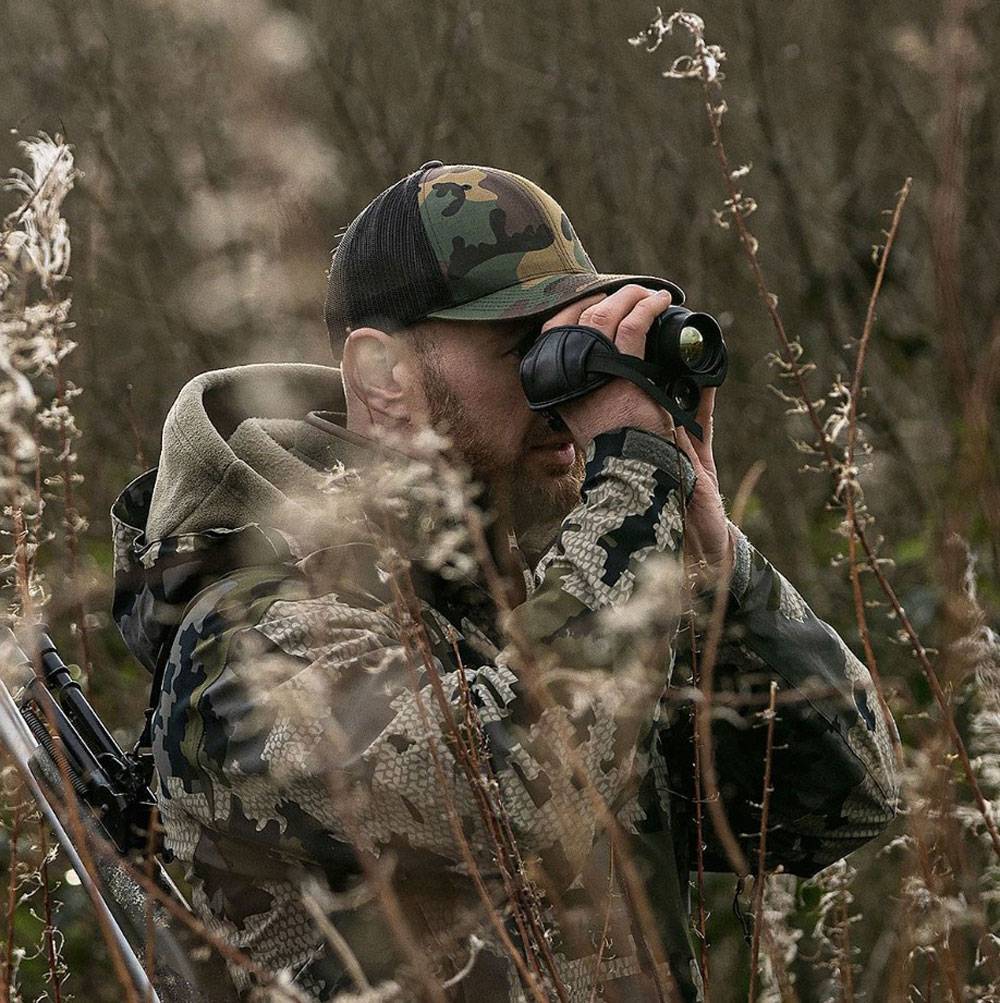
He uses these visual clues together with other senses such as hearing or touch to create a three-dimensional picture in our head for us; this helps us navigate through space safely without bumping into things that could harm us!
People who are blind in only one eye still retain some degree of stereo-vision; however, they may experience problems detecting motion or changes occurring outside of their peripheral vision area.
How human eyes can estimate distances to objects?
Our eyes can estimate distances to objects by using a variety of binocular cues. These include the size of an object, its linear perspective (the way it appears to get smaller as it recedes into the distance), how far away an object is from other objects, and relative motion.
Eyesight allows us to experience our surroundings through light waves that reflect off objects around us and enter our eyes. They help us perceive distances between objects; we can tell how far away things are because each eye sees a slightly different image depending on its location about other objects and this information is combined into one image in the brain’s occipital lobe where visual perception occurs.
[wpsm_box type=”warning” float=”none” text_align=”left”]
Without binocular vision, we wouldn’t be able to see depth or motion as well and our sense of balance would suffer too since both eyes work together to help orient us in space.
[/wpsm_box]
Eyes are essentially small cameras that project the light waves onto our retinas, which then send signals through nerves into an area at the back of each eye called “optic chiasm” where they cross over before traveling up towards vision centers located deep within brain tissue known collectively as thalamus & occipital lobe (where images received from eye-lenses are processed).
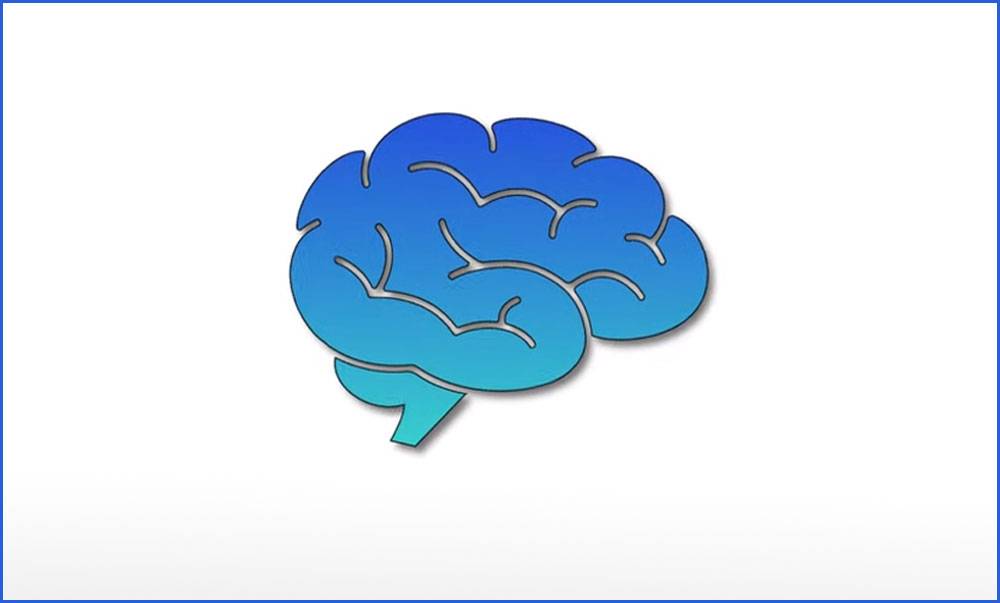
The optic nerve is a bundle of millions of axons or nerve fibers that transmit all visual information from one retina (the innermost layer) via their optic chiasm (where optic nerve fibers from each eye cross over) to the brain. The right half of our brain receives information from the left eye and vice versa.
The process of combining these two images is called fusion, and it occurs in the brain’s occipital lobe.
[wpsm_box type=”info” float=”none” text_align=”left”]
When binocular cues are consistent with one another, the visual system interprets this as depth and distance; when they differ, we see motion.
[/wpsm_box]
Some people have better eyesight than others due to differences in their anatomy or because they’ve learned how to use their binocular cues more effectively but everyone can take advantage of these cues to some extent.
What is Depth Perception?
Depth perception is the ability to see objects in three dimensions. This allows us to judge distances between objects and perceive their relative position in space. Depth perception is essential for tasks such as walking, driving, and playing sports.
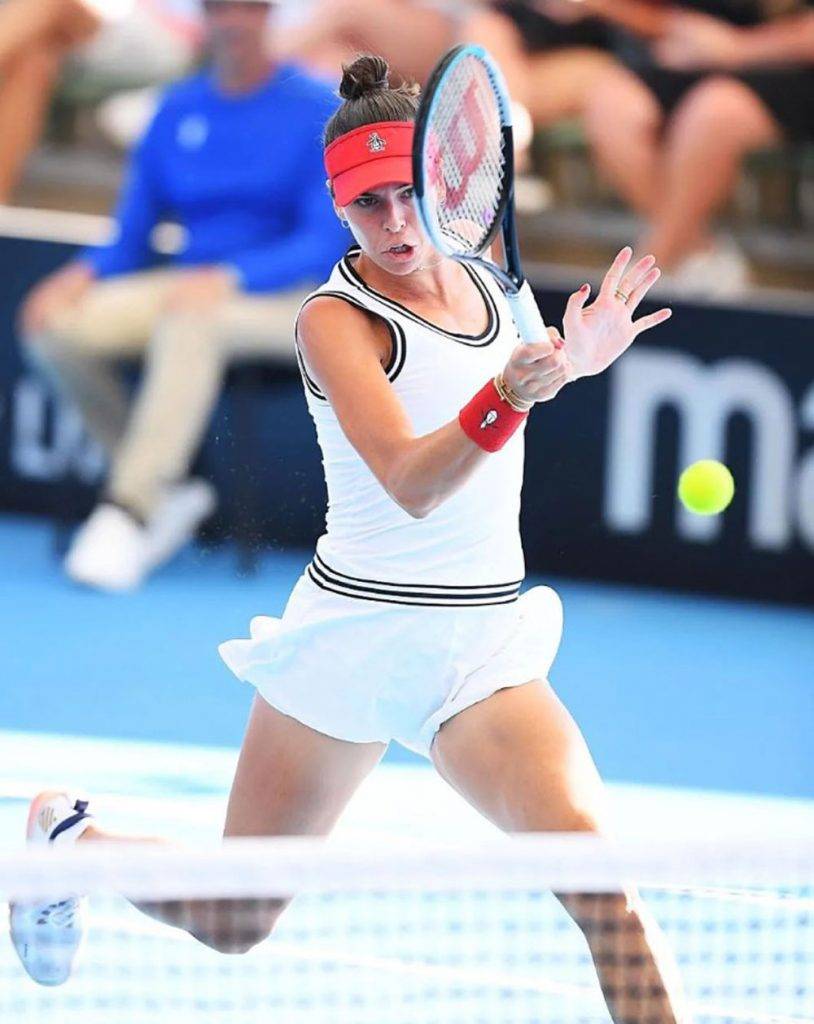
Why is depth perception important?
Depth perception is important for a variety of reasons.
- First, it allows us to interact with our environment safely and effectively.
- Depth perception also enables us to appreciate the beauty of three-dimensional artworks and landscapes.
- Finally, depth perception contributes to our sense of spatial orientation, which helps us navigate through our environment.
What Are Visual Cues That Aid Depth Perception?
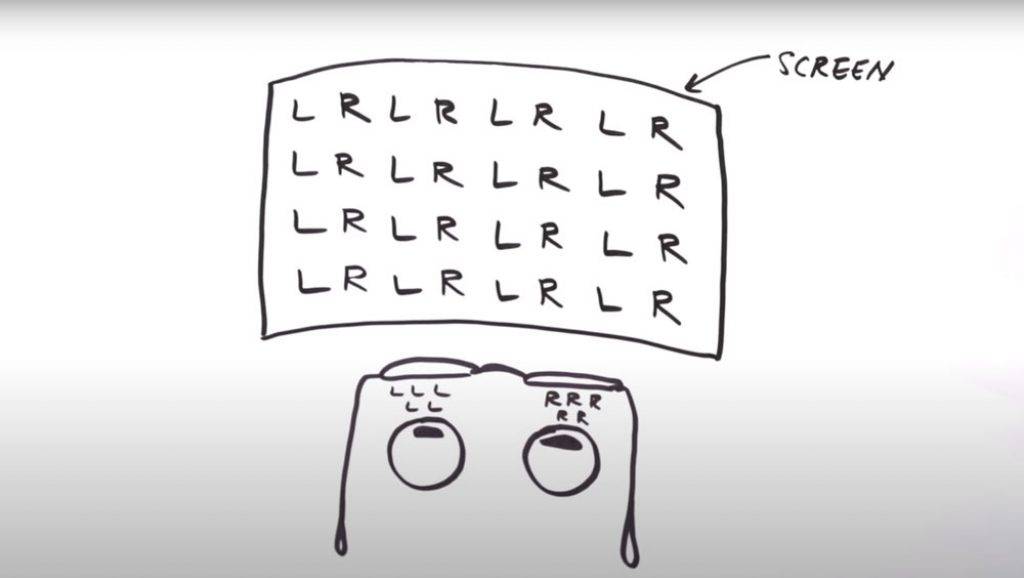
Visual cues are the information that our eyes and brain obtain from what we see. Depth perception occurs when two or more of these visual cues interact with one another to provide us with a three-dimensional image of an object, person, or scene.
[wpsm_box type=”info” float=”none” text_align=”left”]
There are several different types of visual cues including binocular (monocular) cues, physiological (physical) factors such as distance between objects in space and light intensity levels, which help us understand how far away something is relative to other things nearby.
[/wpsm_box]
A binocular vision uses both eyes at once for depth sensing purposes such as stereopsis; motion parallax where movement provides additional clues about the distance from the observer’s perspective by comparing differences across images taken over time.
Types Binocular Cues
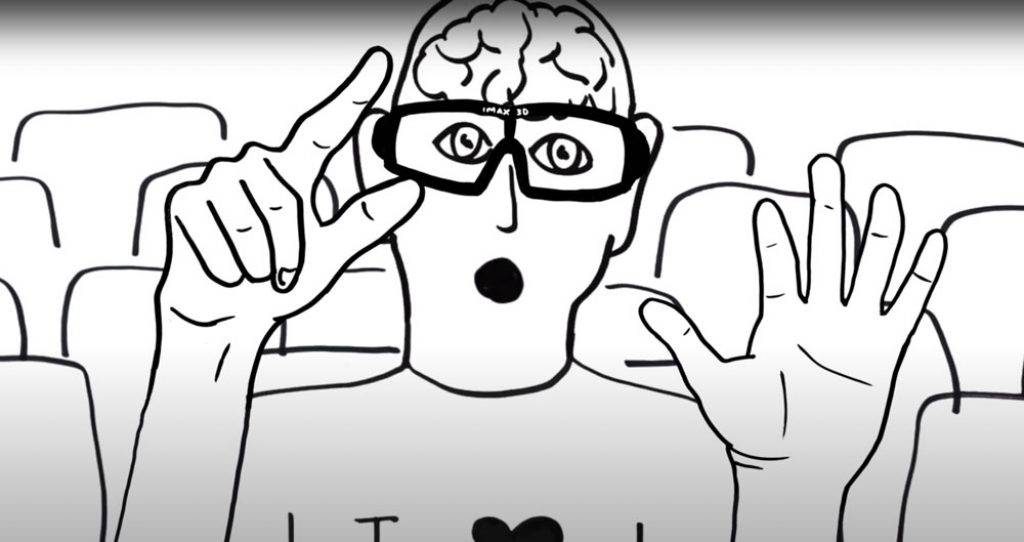
Binocular cues are important factors in how humans estimate the distances to objects. Some binocular cues include stereopsis, convergence, and accommodation.
These three binocular cues work together to give us a fairly accurate idea of how far away objects are from us. However, it’s important to remember that these cues can only provide estimates and not precise measurements. By understanding how these cues work, we can better understand why our perceptions of distances can sometimes be inaccurate.
Binocular Convergence
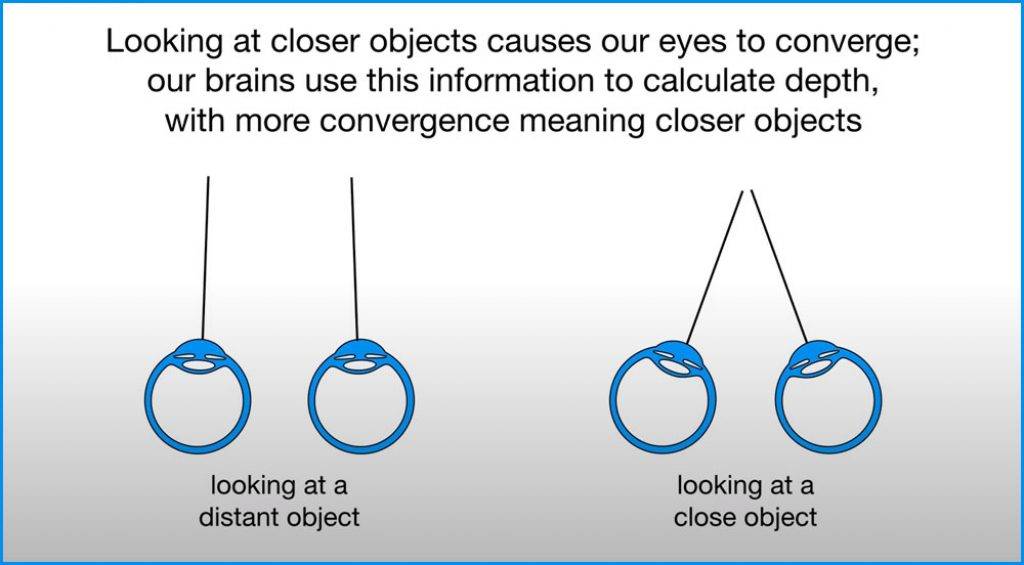
Convergence is a binocular cue that helps humans estimate distances. Convergence occurs when the muscles around your eyes contract as they focus on a near object. This causes your eyes to “cross” as they look at the object. The amount of convergence that is needed to keep an object in focus increases as the object gets closer to you.
Shadow Stereopsis
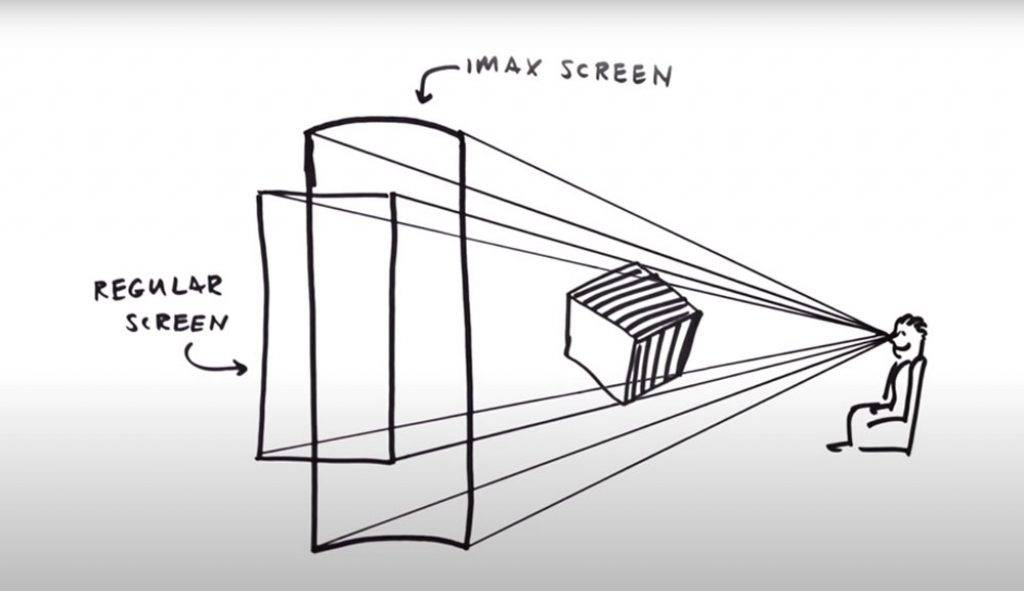
Stereopsis is the ability of human eyes to calculate distances by using the different images received by each eye. When an object is close to you, its image will fall on both your retinas at almost the same time. However, when an object is far away from you, its image will fall on your retinas at different times. This difference in timing allows your brain to calculate how far away the object is.
Binocular accommodation
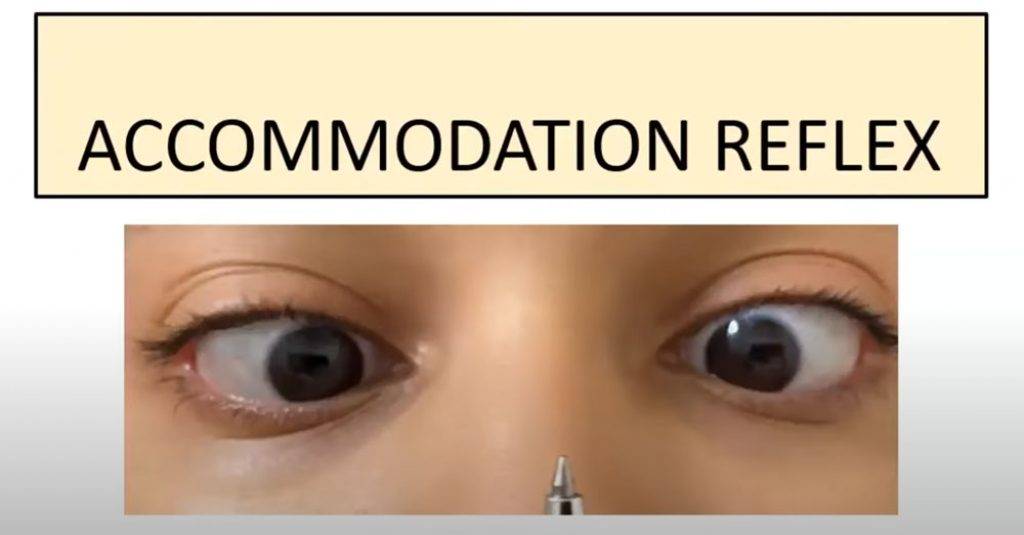
Accommodation is the third binocular cue used by humans to estimate distances. Accommodation occurs when the lens of your eye changes shape to bring objects into focus. The more accommodated an object is, the closer it appears to be.
Advantages of Binocular Vision
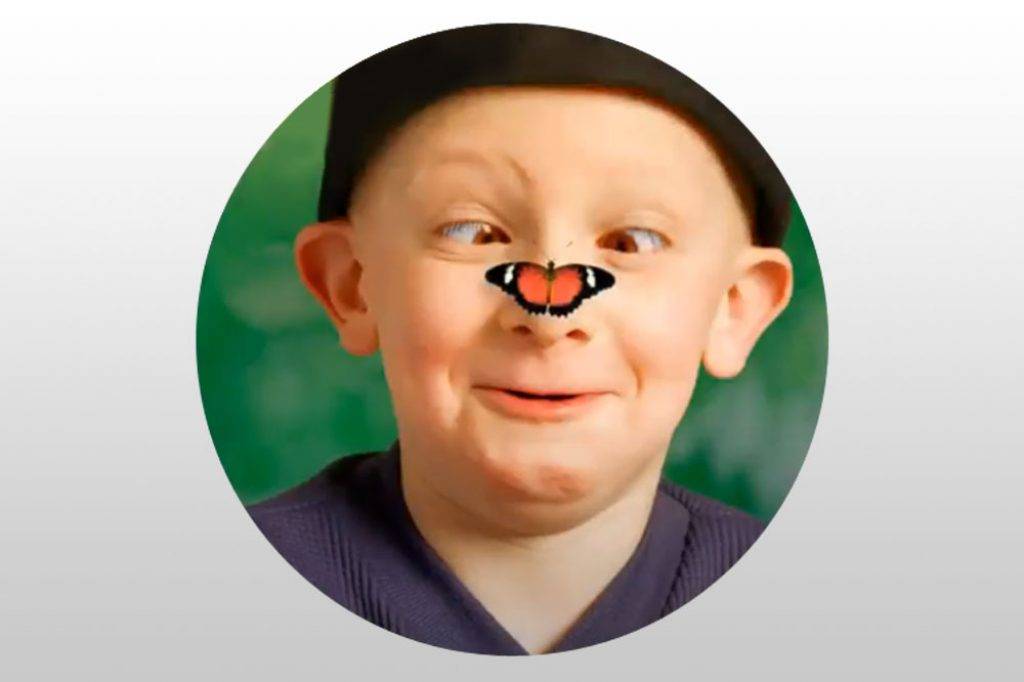
The binocular cues are the various clues that our two eyes provide to help us perceive depth and distance. Our brains use these cues to calculate the relative positions of objects in space.
Because we have two eyes, our binocular vision provides a wealth of information about the world around us. This allows us to accurately judge distances and depths, which is crucial for tasks such as driving or playing sports. Additionally, binocular vision also helps us to maintain balance and stability while moving through space.
Binocular Cues in Nature
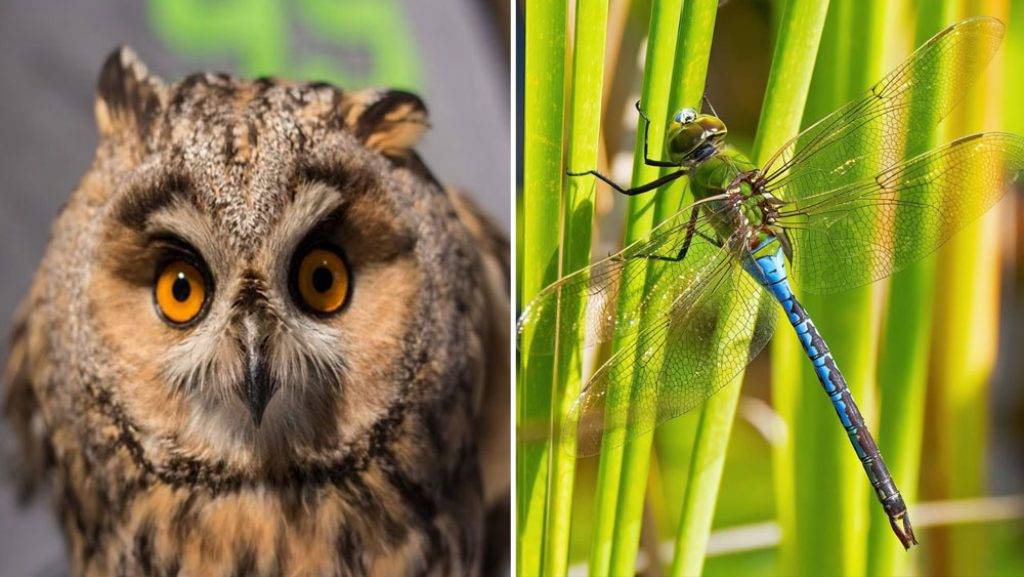
The binocular cue of stereopsis is used by humans and many animals, including, owls, falcons, and even insects such as dragonflies. Humans use it primarily while driving cars at night time so that they can judge the distance between objects better; this allows them not only to avoid collisions but also helps them navigate safely through traffic without having their eyes closed!
Owls also use stereoscopic vision when hunting prey during flight – an owl will be able to judge the distance between a mouse on the ground and itself in the air, and then swoop down to capture the mouse.
Binocular cues are also used for navigation. For example, when migrating birds fly over water, they use retinal disparity to determine their position relative to the shoreline. This helps them stay on course and avoid getting lost. Animals also rely on these cues for navigating their environment and hunting prey.
Conclusion
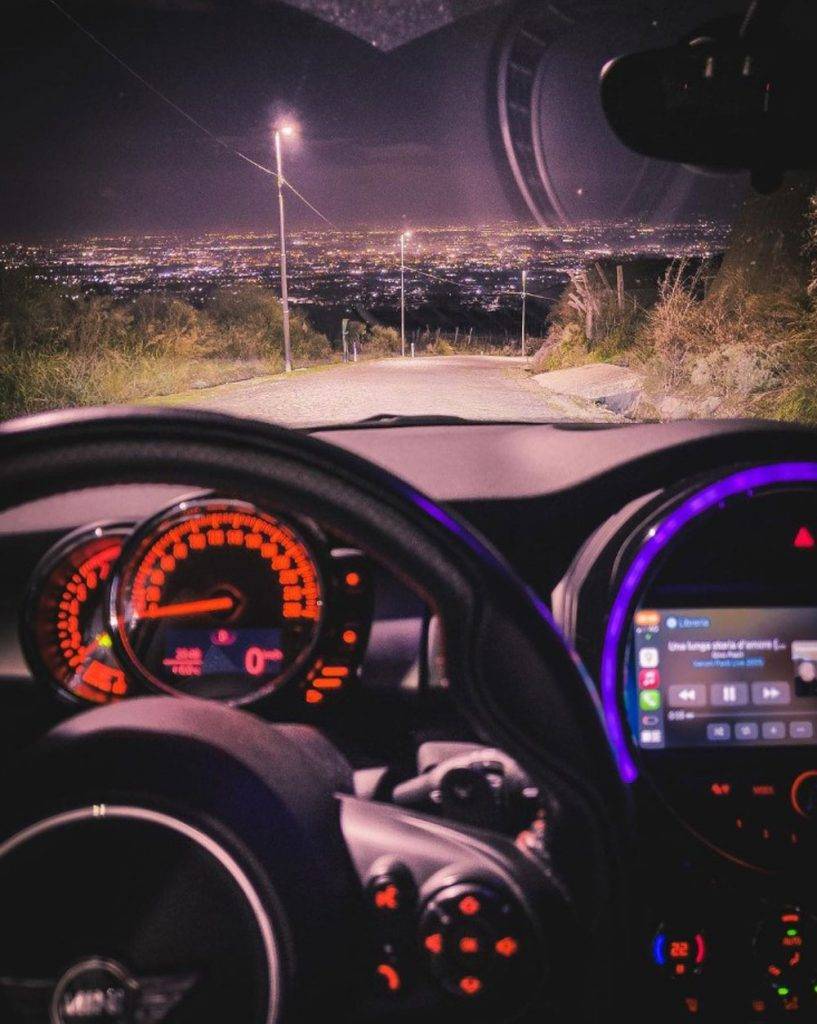
In conclusion, binocular cues are important for accurate perception of our surroundings. They allow us to see in low light conditions and navigate safely in difficult terrain.
One example of binocular cues is stereopsis, which is the ability to perceive depth from two slightly different perspectives. This cue is created by the position and convergence of the eyes. When an object is close to you, your eyes converge inward; when the object is far away, they diverge. The brain interprets this difference as depth information.
Another common binocular cue is retinal disparity. This occurs when there is a difference in the image size seen by each eye. For example, when looking at something near you, your left eye will see it closer than your right eye and vice versa. The brain interprets this difference as distance information.
Both stereopsis and retinal disparity are important for judging distance and depth. They are especially helpful for judging distances in low light conditions or when there is limited visibility due to fog or rain. Binocular cues are important because they allow us to perceive our surroundings with greater accuracy than if we relied solely on monocular cues from one eye alone. Thanks for reading!
